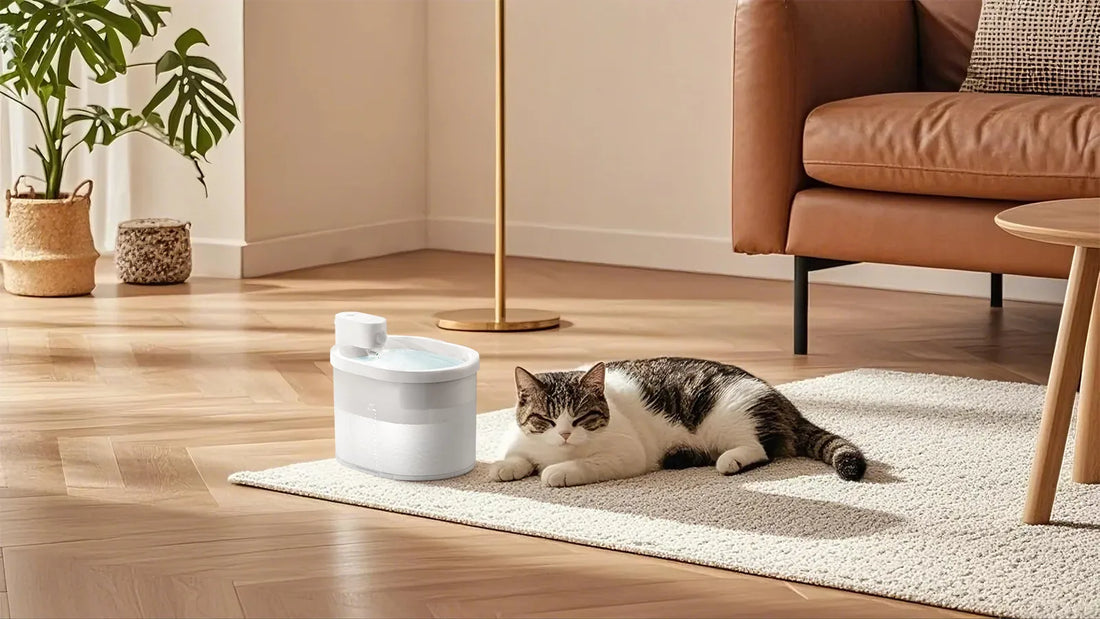Dog taking a bath can be a daunting task for many pet owners, but with the right approach, it can become a stress-free and even enjoyable experience for both you and your furry friend. Whether your dog loves water or dreads it, understanding the best practices for bathing your dog is essential for their health and happiness.
Why Bathing Your Dog is Important
Regular baths are crucial for maintaining your dog's hygiene and overall health. Bathing helps remove dirt, allergens, and parasites from your dog's coat and skin. It also provides an opportunity to check for any abnormalities, such as lumps, bumps, or skin irritations, that may require veterinary attention.
Preparing for the Bath
Preparation is key to a successful bath time. Start by gathering all the necessary supplies, including dog-friendly shampoo, a towel, a brush, and a non-slip mat. Choose a location that is comfortable for your dog, such as a bathtub or a large sink. Make sure the water temperature is lukewarm, as water that is too hot or too cold can be uncomfortable for your dog.
Step-by-Step Guide to Bathing Your Dog
Begin by brushing your dog's coat to remove any tangles or loose fur. This will make the bathing process easier and more effective. Wet your dog's coat thoroughly, avoiding their eyes, ears, and nose. Apply the shampoo and gently massage it into their coat, paying special attention to areas that are prone to dirt and odor, such as the paws and underbelly. Rinse thoroughly to ensure no shampoo residue is left behind, as this can cause skin irritation.
Tips for a Stress-Free Bath
Some dogs may be anxious or fearful during bath time. To help ease their stress, speak to them in a calm and reassuring voice. Offer treats and praise throughout the process to create positive associations with bathing. If your dog is particularly resistant, consider using a handheld showerhead or a pitcher to control the flow of water and make the experience less overwhelming.
Post-Bath Care
After the bath, gently towel dry your dog, being careful not to rub too vigorously, as this can cause tangles and discomfort. If your dog has a long coat, you may need to use a blow dryer on a low heat setting to ensure they are completely dry. Brush their coat again to remove any remaining tangles and to keep it looking smooth and shiny.
How Often Should You Bathe Your Dog?
The frequency of baths depends on your dog's breed, coat type, and lifestyle. Generally, most dogs benefit from a bath every 4-6 weeks. However, dogs with skin conditions or those that spend a lot of time outdoors may require more frequent baths. Consult your veterinarian for personalized advice on how often to bathe your dog.
Common Mistakes to Avoid
One common mistake is using human shampoo on dogs, which can disrupt their skin's natural pH balance and cause irritation. Another mistake is not rinsing thoroughly, leaving behind shampoo residue that can lead to skin problems. Additionally, avoid getting water in your dog's ears, as this can lead to ear infections.
Making Bath Time Fun
To make bath time more enjoyable, consider incorporating toys or treats into the process. Some dogs love playing with water toys, while others may be motivated by treats. Experiment with different strategies to find what works best for your dog. Over time, with patience and consistency, your dog may even start to look forward to bath time.
Dog taking a bath doesn't have to be a stressful ordeal. With the right preparation, techniques, and a positive attitude, you can turn bath time into a bonding experience that benefits both you and your dog. So, the next time your furry friend needs a bath, approach it with confidence and watch as they emerge clean, happy, and ready for their next adventure.













